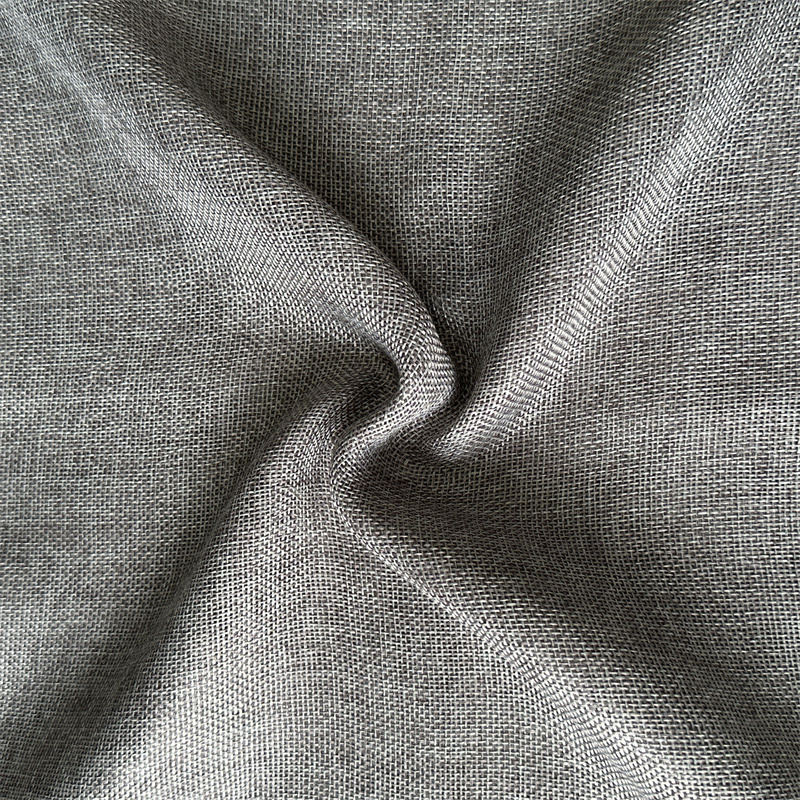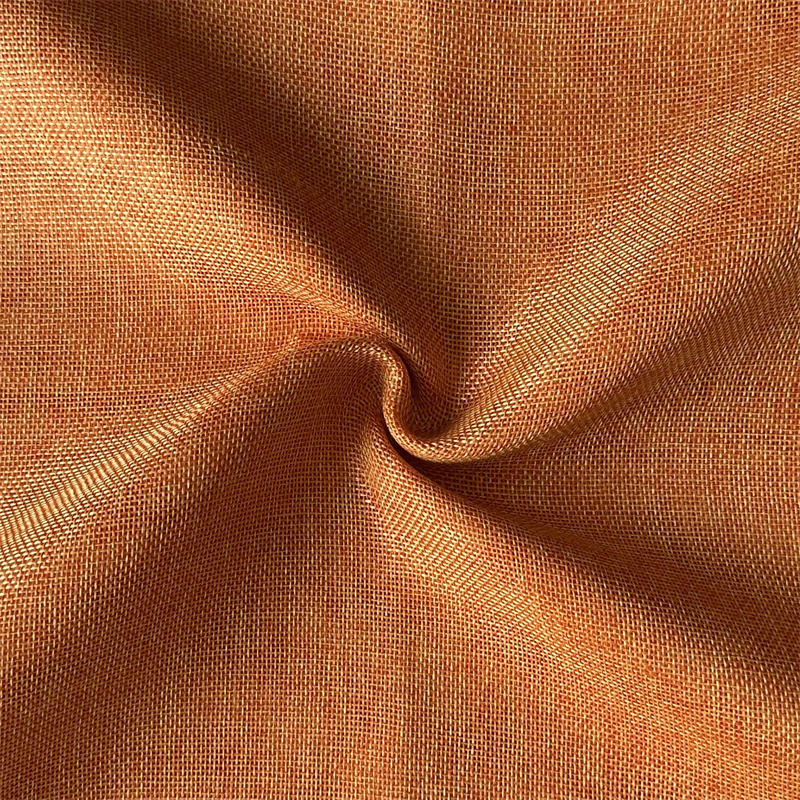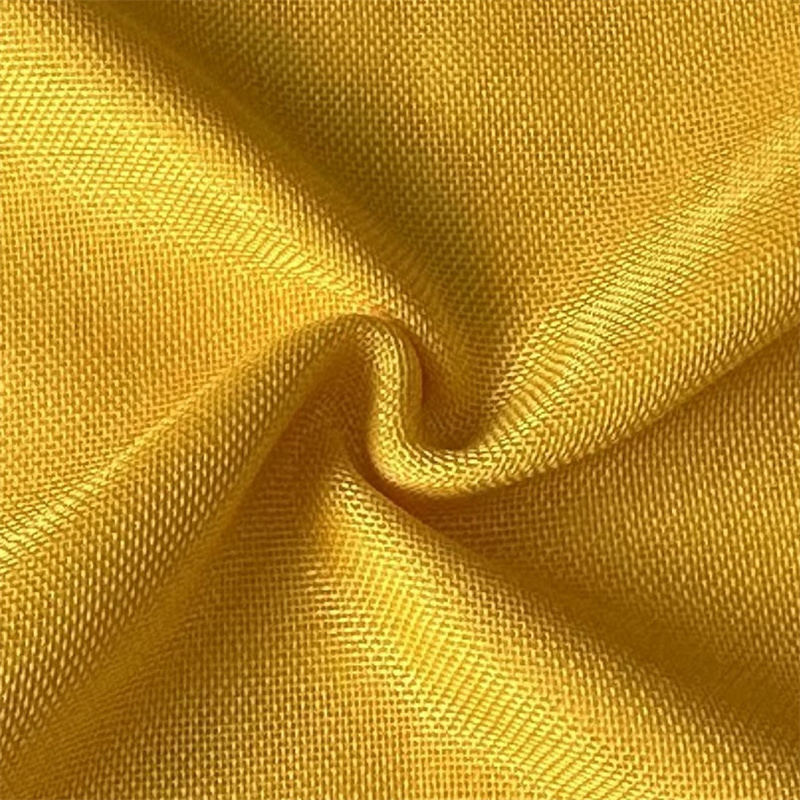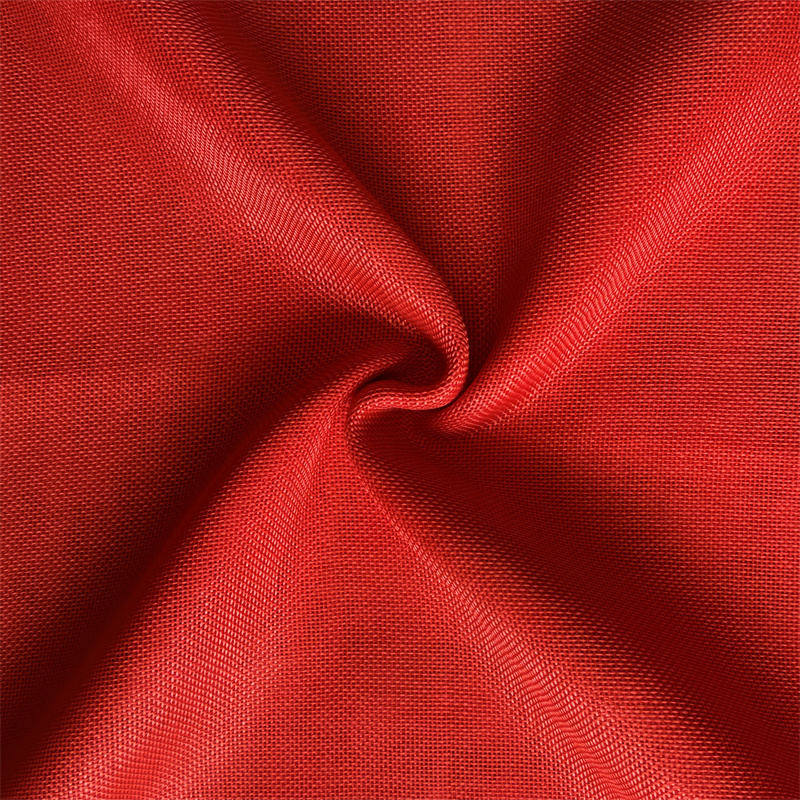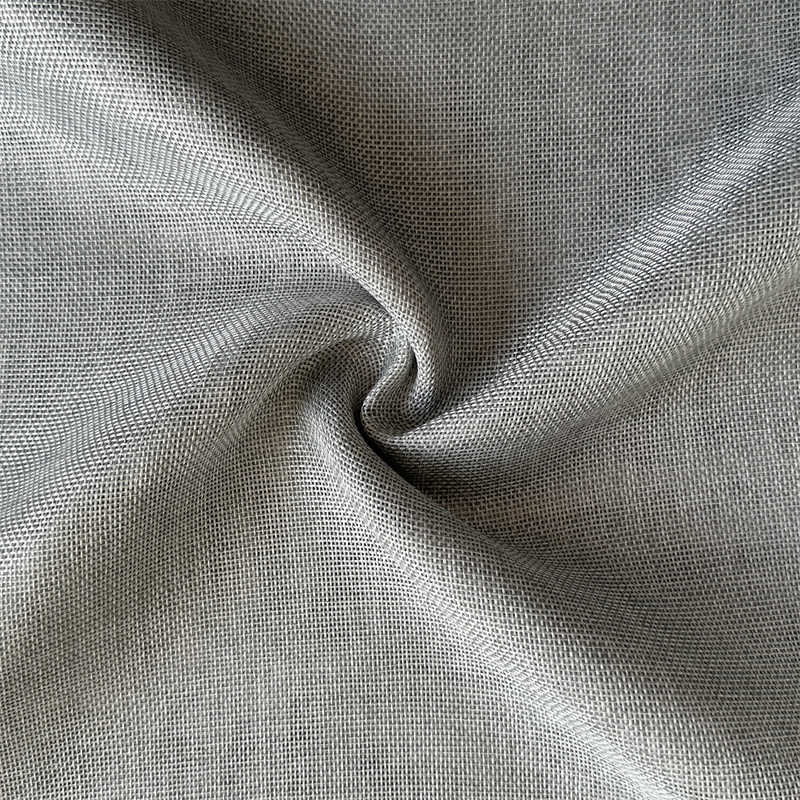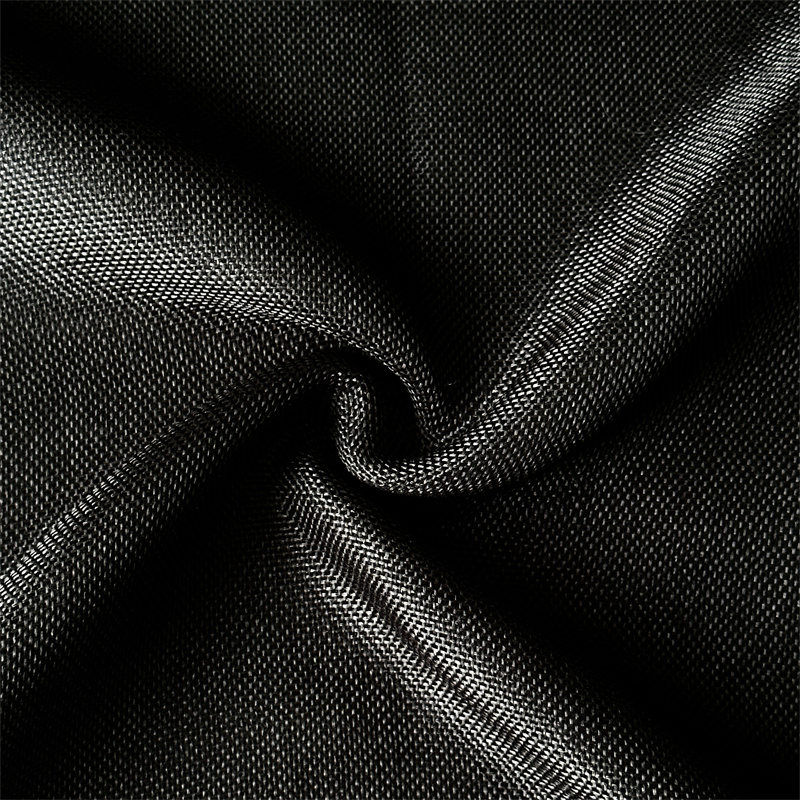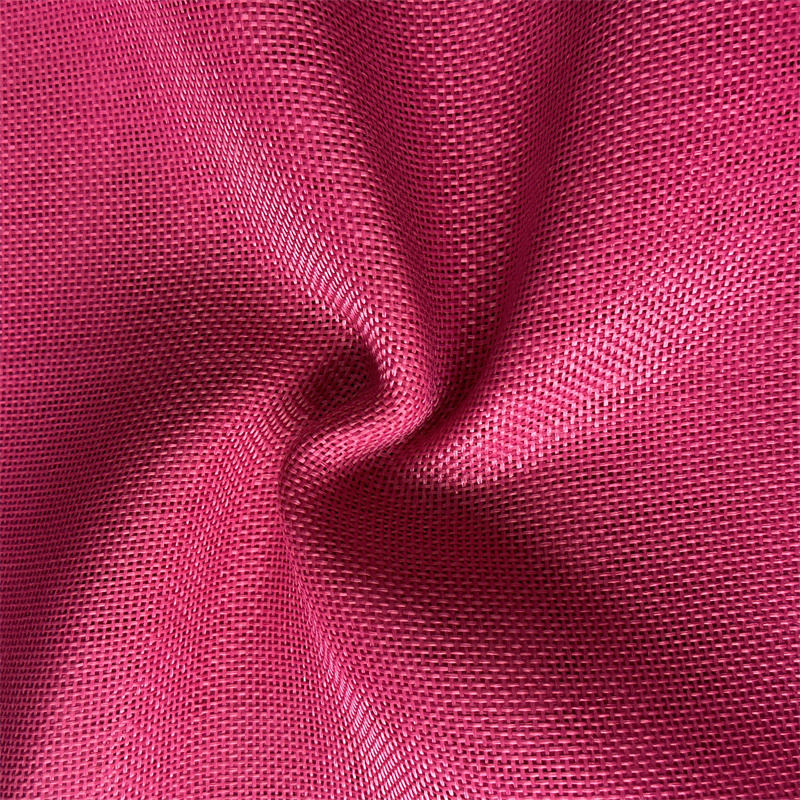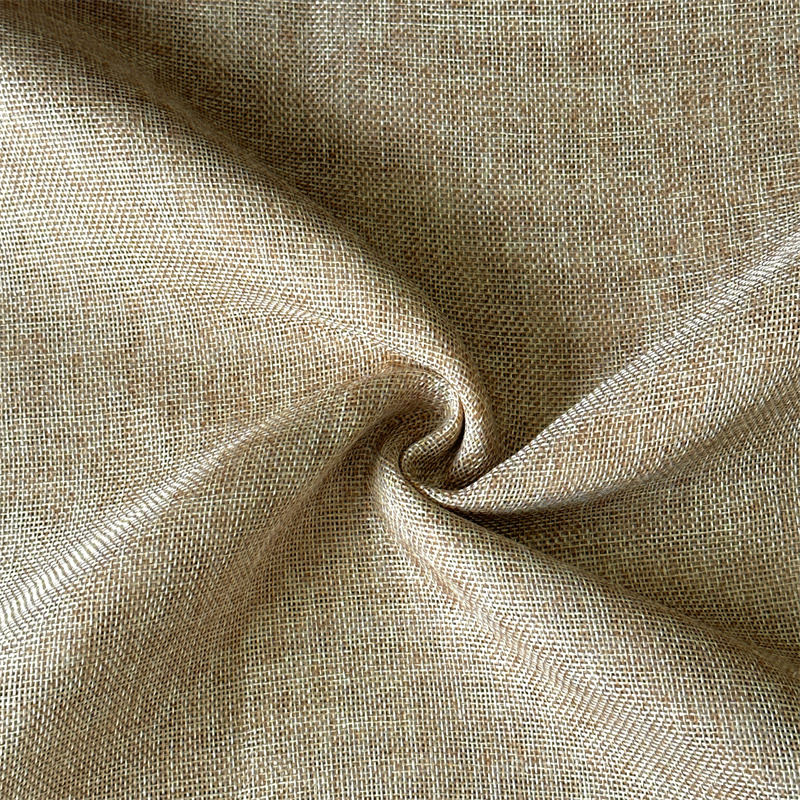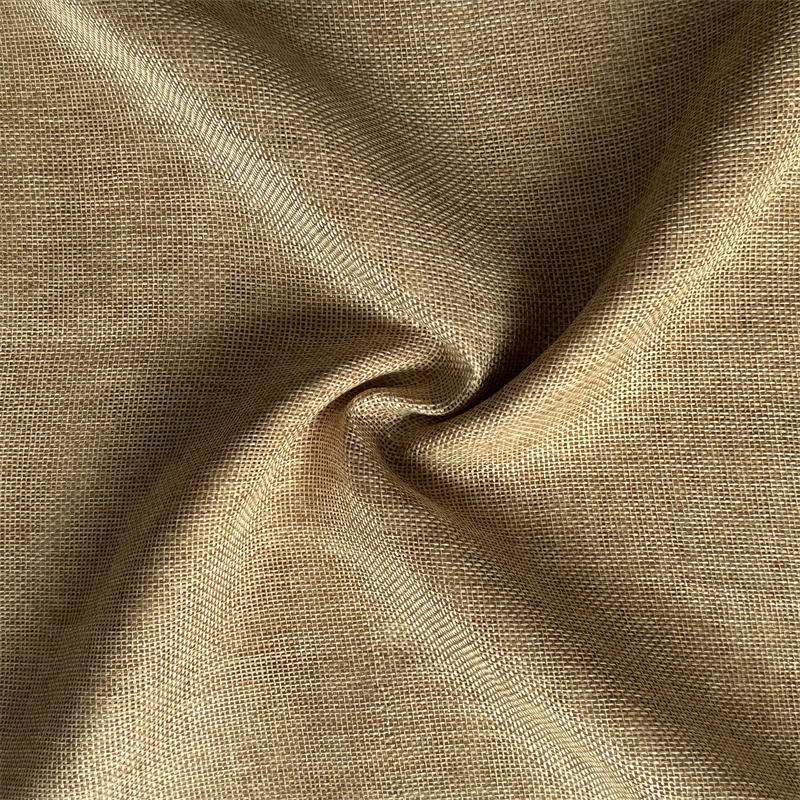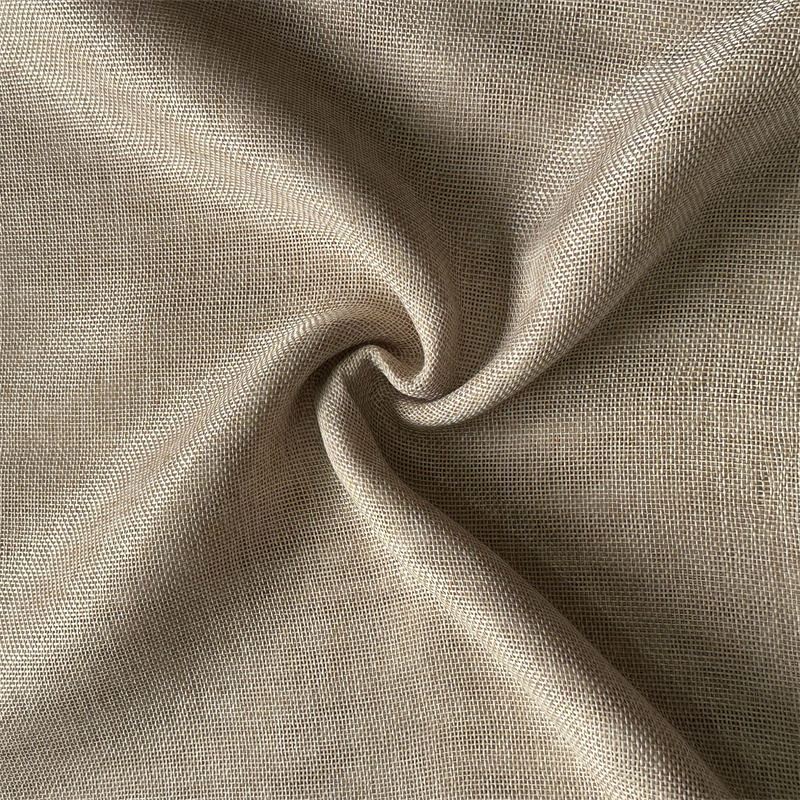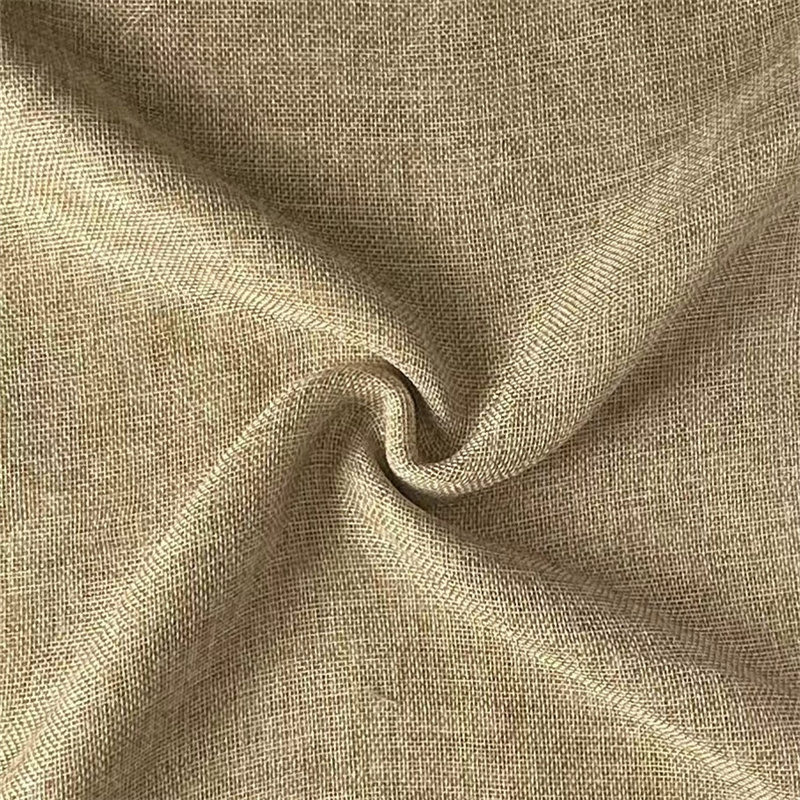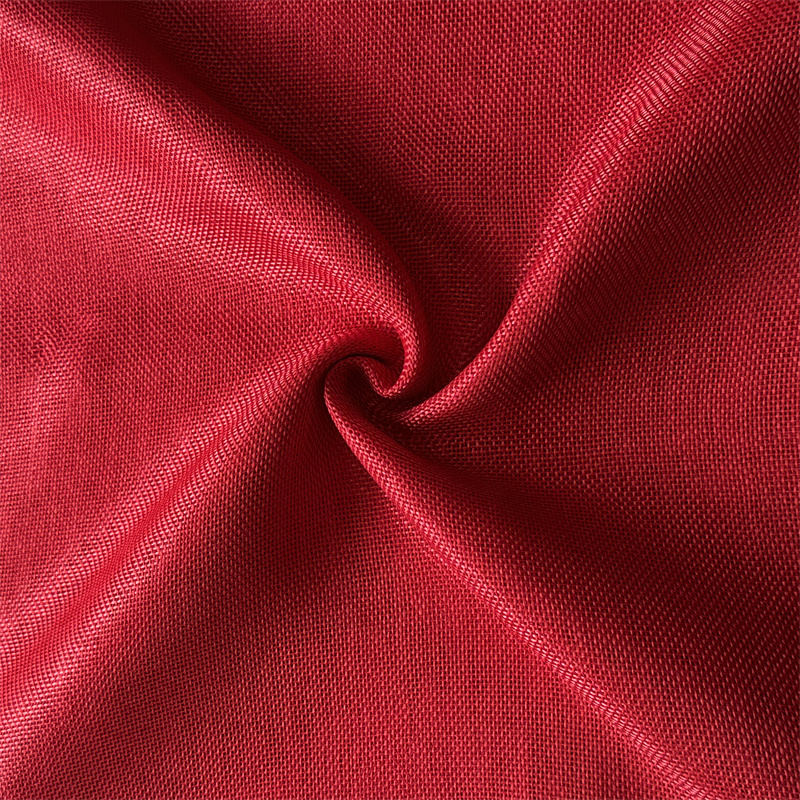With the development of technology and people's attention to sustainable fashion, imitation silk fabrics have gradually emerged in the textile industry. As an economical and environmentally friendly alternative, imitation silk fabrics have been widely used in the fields of clothing and home furnishings. It not only imitates the look and feel of real silk, but also provides a similar sense of luxury to real silk, while the price is more affordable, and it is loved by consumers.
Imitation silk fabric is a synthetic fiber fabric produced by modern technology, designed to simulate the look and feel of natural silk. Usually, imitation silk fabrics are made of polyester, nylon or other synthetic fibers, which are specially processed to give them a soft touch and gloss. Compared with real silk, imitation silk fabrics are more durable, easy to care for, and relatively inexpensive.
Similar appearance and touch: The biggest feature of imitation silk fabrics is their gloss and smooth texture, which is very similar to real silk in appearance. Whether it is from the gloss, color or texture, imitation silk fabrics can imitate the gorgeousness and nobility of real silk.
Durability: Compared with real silk, imitation silk fabrics are more durable. Real silk fabrics are easily damaged, while imitation silk fabrics are not easy to fade, stretch or deform, and can maintain their appearance and feel for a long time.
Easy to care: Imitation silk fabrics are easier to care for than real silk and can usually be machine washed without special dry cleaning care. This makes imitation silk fabrics an ideal choice for daily wear, especially for those consumers who pursue low maintenance and high cost performance.
Environmental protection: With the improvement of environmental awareness, many imitation silk fabrics use recyclable materials or eco-friendly dyeing processes to reduce pollution to the environment and meet the requirements of sustainable development.
The production process of imitation silk fabrics is very particular. First, manufacturers select suitable synthetic fiber materials such as polyester, acetate or nylon, which can imitate the luster and texture of silk. Then, through the spinning and weaving process, these synthetic fibers are processed into fine yarns, which are dyed and shaped to form fabrics with the appearance of silk.
Gloss treatment is one of the most important processes in the production of imitation silk fabrics. To simulate the sheen of real silk, manufacturers use different coating and gloss treatment techniques to make the fabric appear shiny and silk-like in the sun. In addition, the softness and comfort of the fabric are also improved through fine weaving and post-processing.
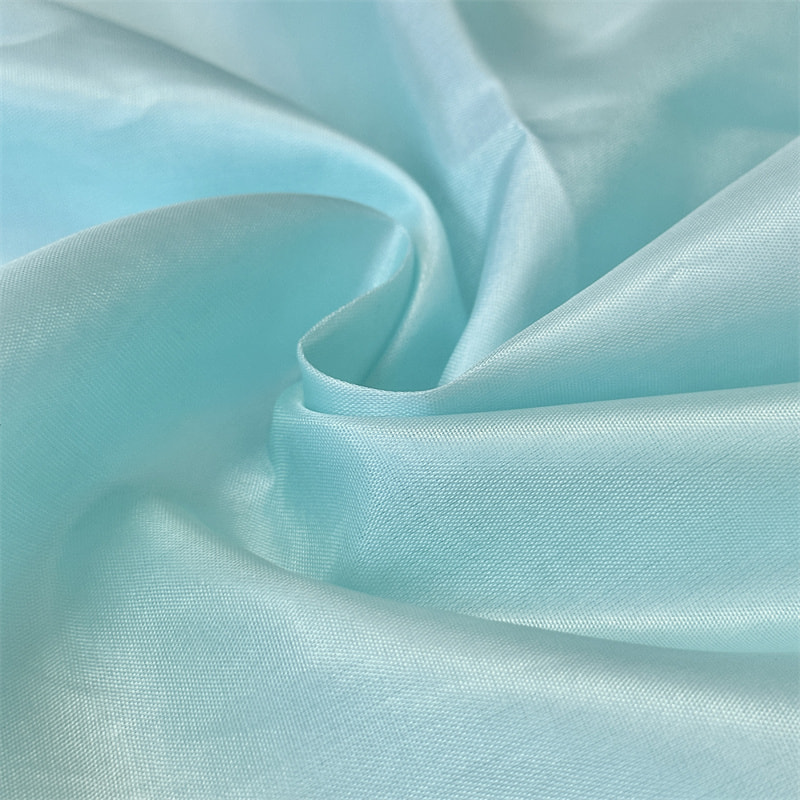
Since imitation silk fabric has the look and feel of real silk and is relatively cheap, it is widely used in many fields, especially in high-end fashion and home decoration.
Fashion clothing: Imitation silk fabric is often used to make a variety of fashionable clothing, including dresses, shirts, pajamas and ties. Its gloss and soft touch can add elegance and luxury to clothing, while its durability and easy care make it the fabric of choice for many fashion brands.
Household items: Imitation silk fabric is also often used to make household items, such as bedding, curtains and sofa covers. Its smooth texture and noble appearance can add elegance and comfort to the home environment, while its durability and easy care make household items more practical.
Gift packaging: Due to its gorgeous appearance, imitation silk fabric is also often used as packaging material for high-end gifts. Especially in occasions such as festivals and weddings, the elegant texture of imitation silk fabrics can add a sense of refinement and dignity to gifts.
Decorations: Imitation silk fabrics are also widely used to make various decorations, such as cushions, curtains, pillows, etc. Its gloss and softness make these decorations not only beautiful, but also increase comfort and practicality.
With the increasing demand of consumers for environmentally friendly, sustainable fashion and cost-effective products, the market prospects of imitation silk fabrics are broad. It can not only meet consumers' pursuit of high quality and luxury, but also provide economical options. At the same time, with the continuous innovation of production technology, the types and application areas of imitation silk fabrics will continue to expand and become the preferred fabrics for more fashion and home brands.
With the global attention to environmental protection, more and more brands have begun to turn to the use of recyclable materials and environmentally friendly dyes to further enhance the market competitiveness of imitation silk fabrics. It is expected that in the future, imitation silk fabrics will be more widely used and promoted in many fields such as fashion, home, and environmental protection.
As a new type of cost-effective alternative, imitation silk fabrics have achieved a significant position in the fashion industry and home market. It not only imitates the beauty and luster of real silk, but also has stronger durability, easy care and environmental protection characteristics. With the advancement of technology and consumers' pursuit of high-quality life, the application prospects of imitation silk fabrics will be broader and become an important part of the future textile market.


 中文简体
中文简体 Español
Español